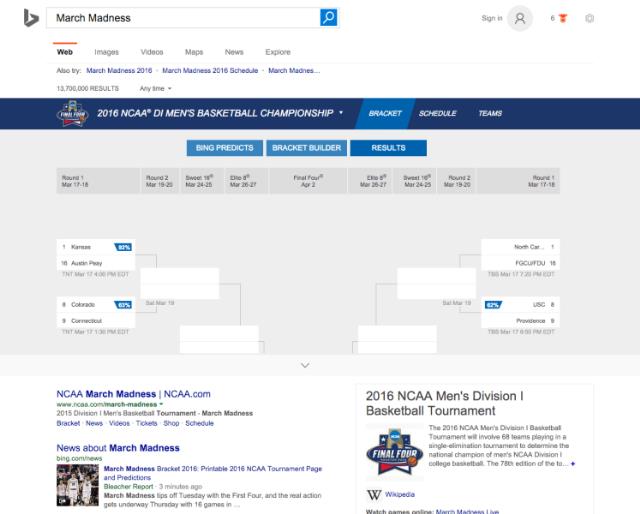
Want to know what everyone will be searching for this spring ahead of time? Yahoo claims to have the answers in their newly revealed list of top search trends for this spring. Using search data from last year and recent months, Yahoo uncovered the top trends in search to keep an eye on this season.
These are the top search trends for spring 2016, according to Yahoo:
- DIY: Spring is the season of house improvement projects, which means people are searching for “how to” tips for their new venture. January, March, and April are the peak months for “how to build” searches, especially in the Southeast. In particular, Yahoo says sheds, tree houses, decks, and raised garden beds are especially popular this year.
- Painting: Along with DIY projects, searches for phrases like “what paint colors go with…” are going up. Putting a new paint of coat on living rooms and kitchens are the most popular projects for many searchers this year, according to Yahoo.
- Organization: As people are making the switch from their winter clothes to their warm-weather wardrobe, there’s going to be a big increase searches for closet organization.
- Outdoors: Searchers are also getting ready for the warm weather by searching for outdoor equipment and furniture like patio furniture, outdoor furniture, lawn mowers, and spring sets.
- BBQs: Unsurprisingly, searches for “grills” go way, way up from March to May.
- Chairs: Adirondack chairs are a big item this year, looking to peak in April. Interestingly, Yahoo says people searching for this style of chair are also 98% more likely to drive a luxury SUV.
- Allergies: Allergy season is just getting started, but clearly people are already ready for it to be over. From February to June there is a large increase in searches asking “when do seasonal allergies end.”
- Taxes: Up until Tax Day, this is going to be a popular topic for searchers every year. However, this year has some noteworthy changes from the past. Over a quarter of searches for “tax prep” are expected to come from mobile devices, and those looking for tax prep advice are skewing younger than 35 years-old with an annual income below $75k.
Yahoo is offering this information to help search marketers and seasonal businesses refine their content strategies and get ahead of the trends this year. If you act now, you can take advantage of the insight to make yourself the first choice as this year’s hot searches heat up.















